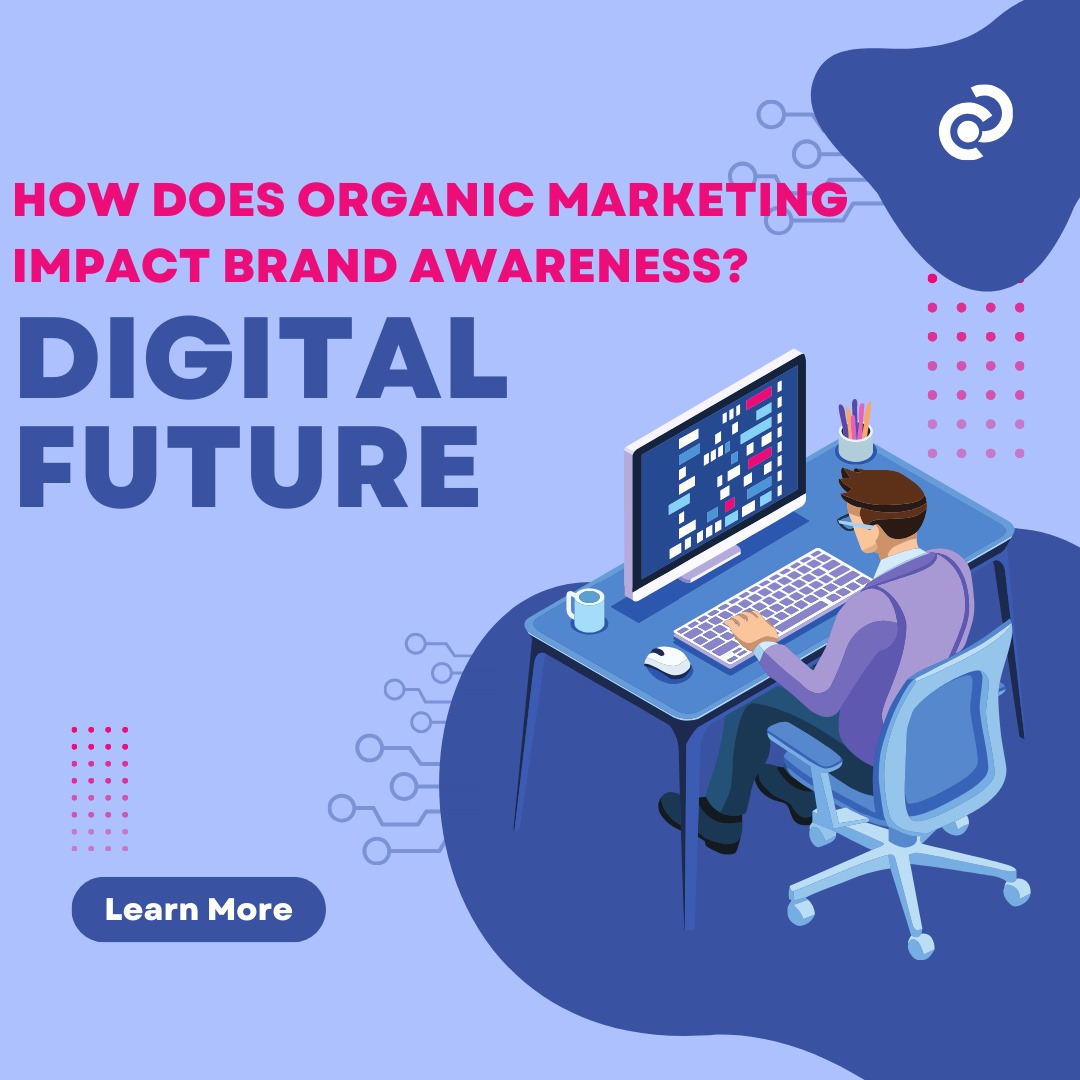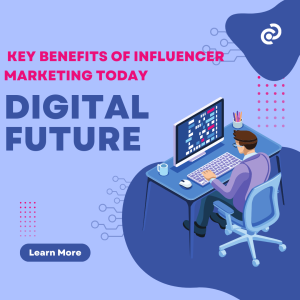Paid Advertising vs. Organic Marketing: Which One is Right for Your Business?
In the world of digital marketing, businesses are faced with numerous strategies to grow their presence, engage with customers, and drive sales. Among the most prominent strategies are paid advertising and organic marketing. Both approaches have their advantages, challenges, and best-use scenarios, making it crucial for businesses to understand the differences between the two. The right choice often depends on various factors, such as the business’s goals, budget, target audience, and the stage of growth it’s in. This article explores the key differences between paid advertising and organic marketing, and provides insights into which strategy may be best suited for your business.
Understanding Paid Advertising
Paid advertising refers to any marketing strategy that involves paying to promote content or products through channels such as Google Ads, social media platforms (Facebook, Instagram, LinkedIn), display ads, or influencer collaborations. These ads allow businesses to directly target their ideal audience based on demographics, interests, behavior, and location.
The key feature of paid advertising is that it offers instant visibility and a guaranteed reach. Whether it’s through search engine results, social media feeds, or banner ads, paid campaigns place your content in front of potential customers immediately, often as soon as the ad is launched. The ads are typically shown to individuals who fit specific criteria, such as previous website visitors, those with specific interests, or even people who have searched for related keywords.
Advantages of Paid Advertising:
- Immediate Results: Paid ads deliver immediate traffic and visibility, making it ideal for businesses that need to generate quick sales or leads. Once your campaign is live, your ads are instantly visible to your target audience.
- Targeting Precision: Paid advertising platforms provide robust targeting options, enabling you to reach specific groups based on factors like age, location, device, browsing history, and even interests. This helps in delivering highly relevant content to the right people.
- Scalability: With paid advertising, you can scale your campaigns easily by adjusting your budget and targeting parameters. If your campaign is performing well, you can allocate more resources to amplify results.
- Brand Awareness: Paid ads can help raise awareness for new products, services, or a new business. These campaigns ensure your brand is seen by a broad audience, even those who might not have encountered it organically.
- Control and Testing: Paid ads give you control over when and where your content appears. Additionally, they allow for real-time testing of different creatives, headlines, and call-to-actions, optimizing campaigns as they run.
Disadvantages of Paid Advertising:
- Cost: Paid advertising requires ongoing financial investment. While you can start with a relatively low budget, long-term success in paid campaigns can become expensive, especially if you’re in a competitive market.
- Short-Term Impact: Once you stop paying for ads, the visibility and traffic generated from those ads cease immediately. This means that the impact is temporary unless you continue to invest.
- Ad Fatigue: Over time, consumers may become desensitized to your ads, leading to declining engagement rates. This requires businesses to refresh their creatives and strategies regularly.
Understanding Organic Marketing
Organic marketing, on the other hand, focuses on building a brand presence through non-paid strategies such as search engine optimization (SEO), content marketing, social media engagement, influencer partnerships, and email marketing. Organic strategies aim to attract and engage an audience without the need for direct monetary investment in ads.
Organic marketing relies heavily on creating valuable content that resonates with the target audience and encourages them to share, comment, or engage with it. Over time, this builds brand authority, trust, and customer loyalty, which ultimately drives growth.
Advantages of Organic Marketing:
- Cost-Effective: Organic marketing doesn’t require direct spending on ads, making it more cost-effective for businesses with limited marketing budgets. The primary investment is often time, resources, and effort in creating valuable content.
- Long-Term Results: While organic strategies may take time to show results, they tend to offer long-lasting benefits. High-quality content and SEO efforts can generate traffic and engagement for months or even years after the content is published.
- Trust and Credibility: Organic content tends to build greater trust and credibility. Consumers often trust non-promotional content (like blog posts, reviews, and user-generated content) more than ads because it feels more authentic and transparent.
- Sustainability: Unlike paid ads that stop generating results once the campaign ends, organic marketing efforts such as well-optimized blog posts or social media content can continue driving traffic and engagement with minimal ongoing effort.
- SEO Benefits: Consistent organic efforts such as creating valuable content, optimizing for search engines, and building backlinks can improve your website’s ranking on search engine results pages (SERPs), making it easier for potential customers to find you.
Disadvantages of Organic Marketing:
- Slow to Produce Results: Organic marketing strategies generally take time to yield results. SEO, for example, can take months before your content starts ranking well on search engines and generating significant organic traffic.
- Requires High-Quality Content: To succeed with organic marketing, businesses must consistently produce high-quality content that adds value to their audience. This requires a solid content strategy and a long-term commitment.
- Competitive and Unpredictable: Organic rankings are influenced by many factors, including algorithm changes by search engines and social platforms. Additionally, competing for the top positions in organic search results can be tough, especially in highly saturated industries.
- Time-Intensive: Organic marketing often requires a significant investment of time and effort. From creating content to engaging with followers on social media or building backlinks for SEO, it can be labor-intensive and require patience.
Paid Advertising vs. Organic Marketing: Which One Should You Choose?
The decision between paid advertising and organic marketing largely depends on your business’s goals, budget, and timeframe. Both strategies can complement each other, but understanding when and how to use each one is key to maximizing results.
1. When to Use Paid Advertising:
- Immediate Results Are Needed: If you have a product launch, seasonal promotion, or limited-time offer that needs immediate attention, paid advertising can drive quick traffic and sales.
- You Have a Larger Budget: Paid ads are most effective when you have the resources to support them. Larger ad budgets allow for broader targeting and more frequent testing, maximizing your chances of success.
- Your Target Audience is Narrow or Specific: Paid advertising allows you to reach very specific demographics, making it ideal for niche markets or products that require tailored messaging.
2. When to Use Organic Marketing:
- Long-Term Growth Is the Goal: If you’re looking for sustainable growth, organic marketing should be your focus. Building your website’s SEO and consistently creating valuable content will pay off over time.
- You Have Limited Funds: If you don’t have a large marketing budget, focusing on organic strategies allows you to grow your business without the ongoing costs of paid ads.
- Your Brand is Built on Trust and Authority: Organic marketing builds credibility, and if your audience values authenticity, organic content (like blog posts, user reviews, and social media engagement) can help strengthen that relationship.
3. Combining Paid and Organic Marketing:
For many businesses, the best approach is to integrate both paid and organic strategies. You can use paid ads to drive immediate traffic and sales, while also working on organic efforts like SEO and content creation for long-term visibility. For example, you might use paid search ads to target high-intent users and drive traffic to a well-optimized blog or landing page to nurture leads over time.
Conclusion
Both paid advertising and organic marketing offer valuable benefits for businesses, but the right strategy depends on your goals, resources, and time frame. Paid advertising offers speed, precision, and scalability, making it ideal for businesses that need fast results and have the budget to support ongoing campaigns. Organic marketing, on the other hand, is more cost-effective in the long run and helps build trust, credibility, and sustainable growth.
In many cases, a combination of both strategies is the most effective approach. By leveraging the instant reach of paid advertising alongside the long-term benefits of organic marketing, businesses can create a balanced and adaptable marketing strategy that maximizes their chances of success in a competitive digital landscape.


